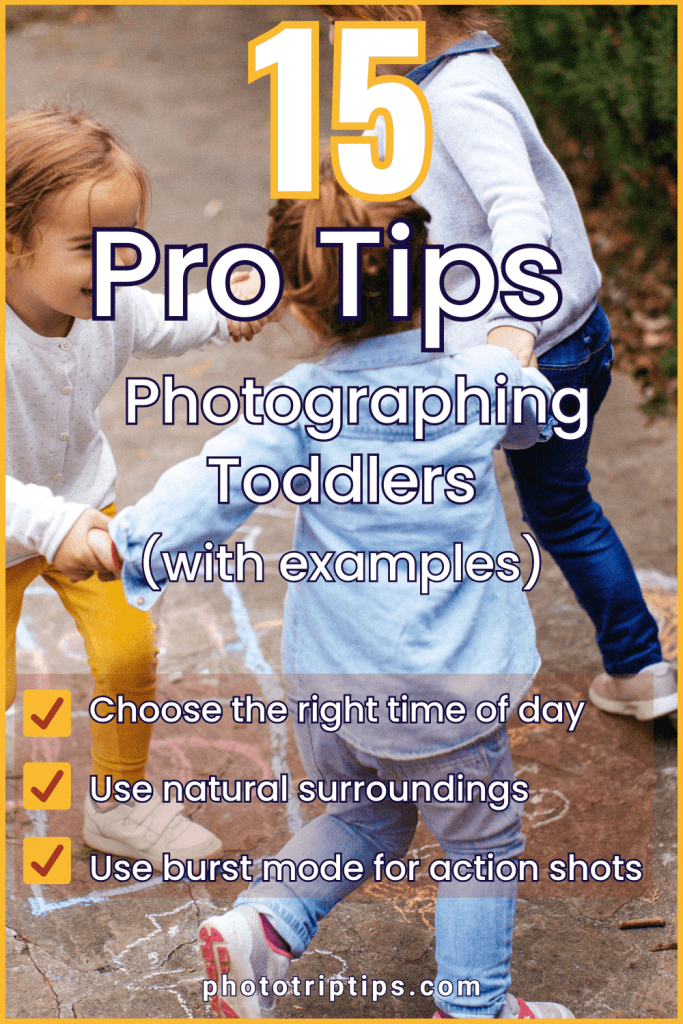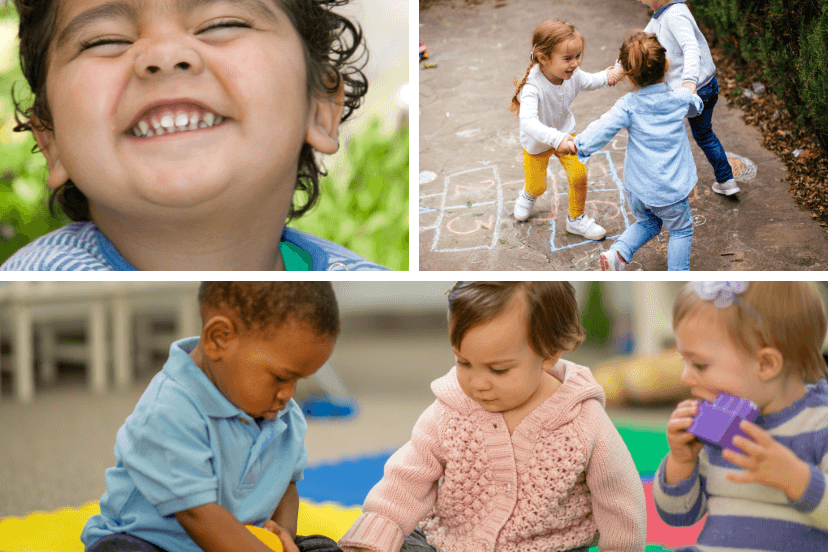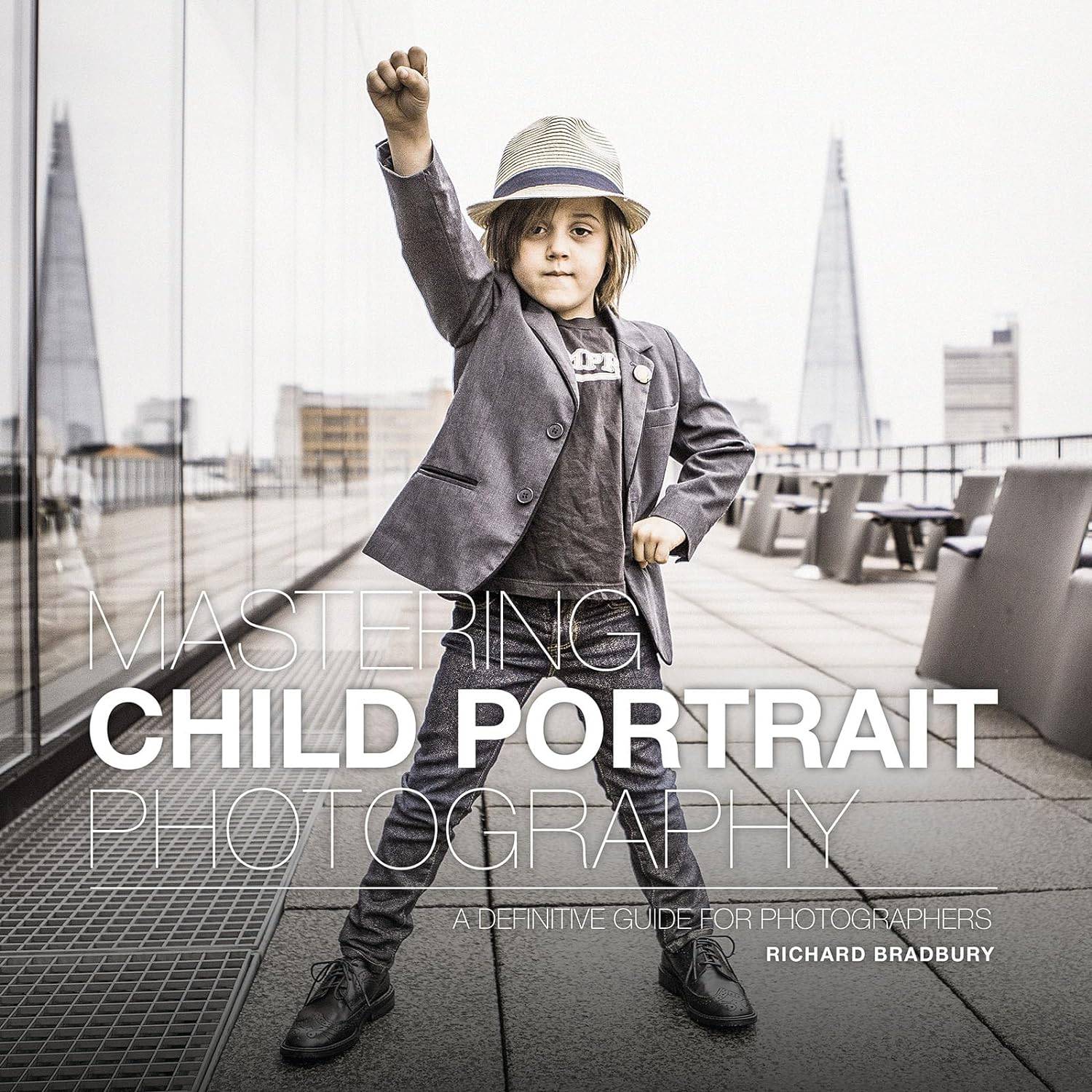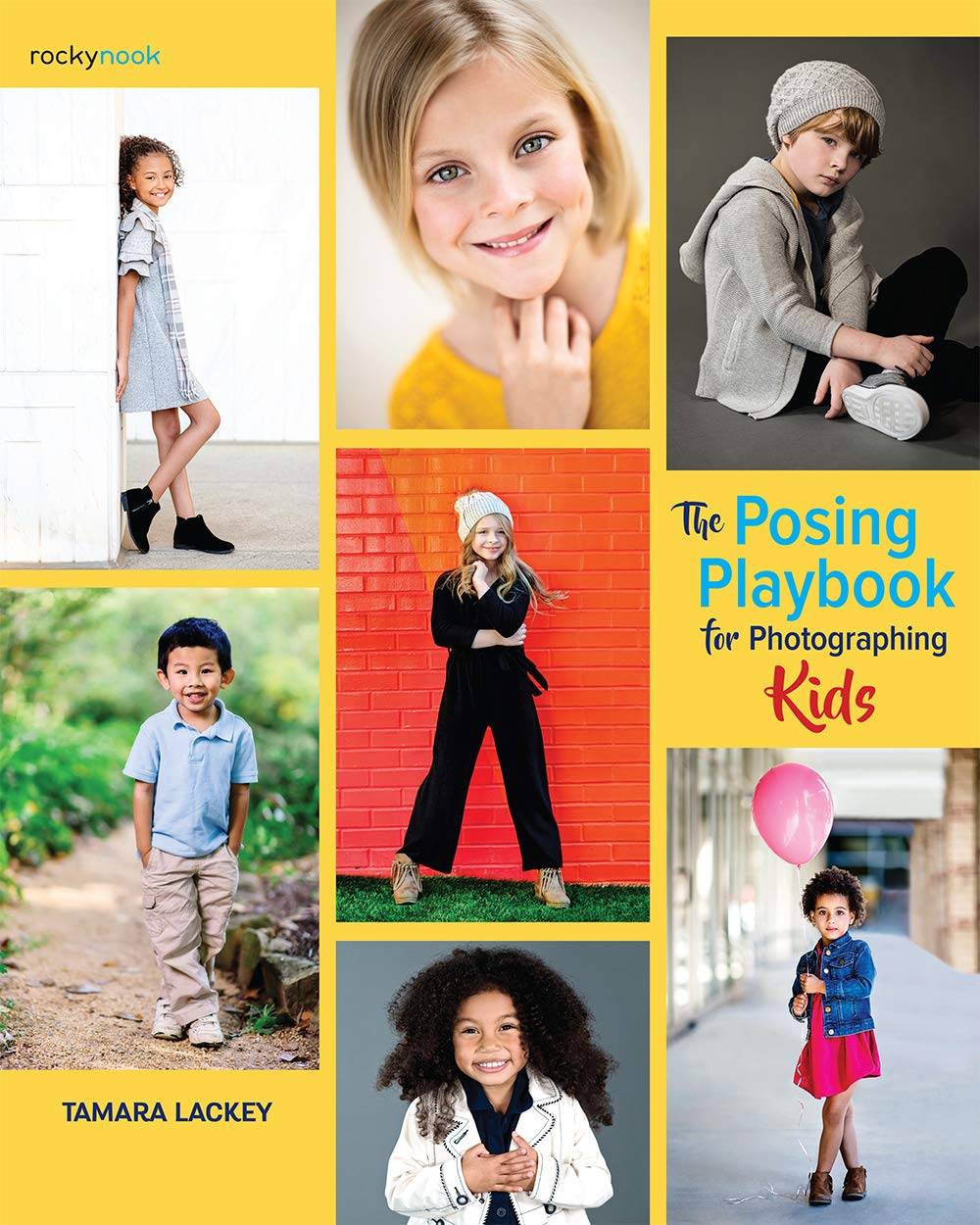Capture Precious Moments with Ease
Photographing Toddlers & Children
Photographing toddlers and children can be a joyous and rewarding experience, but it can also be quite challenging. Kids are full of energy and can be unpredictable, making it essential to have the right approach and techniques to capture those precious moments.
I am a participant in the Amazon Services LLC Associates Program, an affiliate advertising program designed to provide a means for me to earn fees by linking to Amazon.com and related sites. This post may contain affiliate links, which means I may receive a commission, at no cost to you, for purchases made using my links. Please see my disclosure to learn more.
In this tip sheet, I’ll share 15 valuable tips to help you create stunning and heartwarming photographs of toddlers and children. Whether you’re a professional photographer or a parent with a camera, these practical examples and insights will help you document those fleeting moments and create lasting memories.
1. Get down to their eye level:
One of the keys to capturing authentic and engaging portraits of children is to photograph them from their eye level. By getting down on your knees or even lying on the ground, you’ll be able to capture their world from their perspective. This approach creates a stronger connection between the viewer and the subject, making the photo more relatable and intimate.
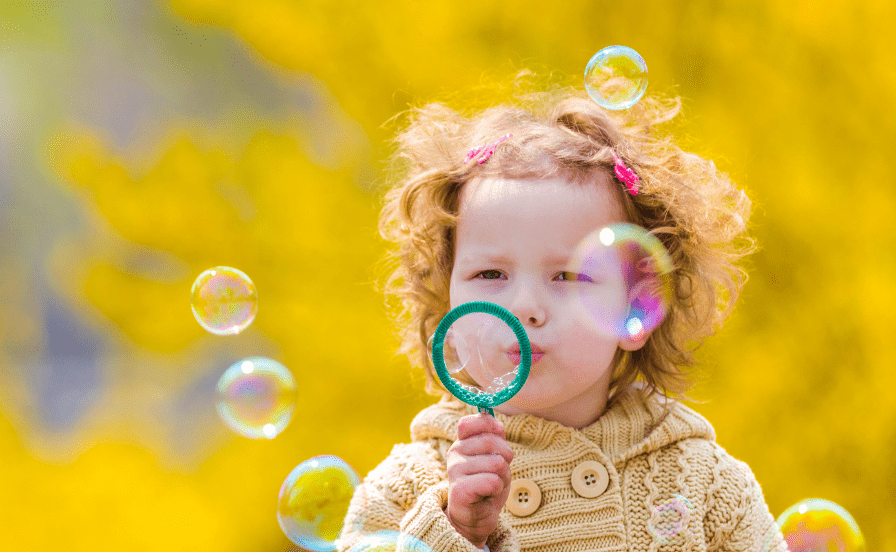
Example: Imagine photographing a child blowing bubbles in a park. By crouching down and shooting from their eye level, you’ll capture the wonder and excitement in their eyes as they watch the bubbles float away.
2. Choose the right time of day:
Lighting plays a crucial role in photography, and when it comes to children, it’s essential to choose the right time of day. Soft, diffused light during the golden hours (early morning or late afternoon) tends to be more flattering and creates a warm and magical atmosphere. Avoid harsh midday sunlight, as it can cast unflattering shadows and make children squint.
Example: Plan a photoshoot in the late afternoon when the sun is lower in the sky. The soft golden light will illuminate your subject beautifully, giving their features a warm glow and creating a dreamy ambiance.
3. Capture their true emotions:
Children have an incredible ability to express genuine emotions. As a photographer, your goal is to capture those fleeting moments of joy, curiosity, or mischief. Be patient, observe, and be ready to press the shutter at the right time. Avoid forced smiles and instead encourage children to be themselves, creating authentic and heartwarming photographs.
Example: Imagine photographing a toddler playing with their favorite toy. Instead of asking them to smile directly at the camera, let them interact naturally with their toy. Their laughter, concentration, or sheer happiness will shine through, resulting in a photo that captures their true essence.
4. Utilize props and toys:
Props and toys can be valuable tools to engage children and make the photography session more enjoyable. Props that reflect their interests or hobbies can help create a narrative within the photograph and evoke genuine emotions. Use balloons, bubbles, or a favorite stuffed animal to add an element of playfulness to your images.
Example: If you’re photographing a child who loves stories, incorporate books into the shoot. Capture them engrossed in their favorite story or looking at the illustrations with wonder and curiosity. The props will not only make the child more comfortable, but also add a personal touch to the photos.
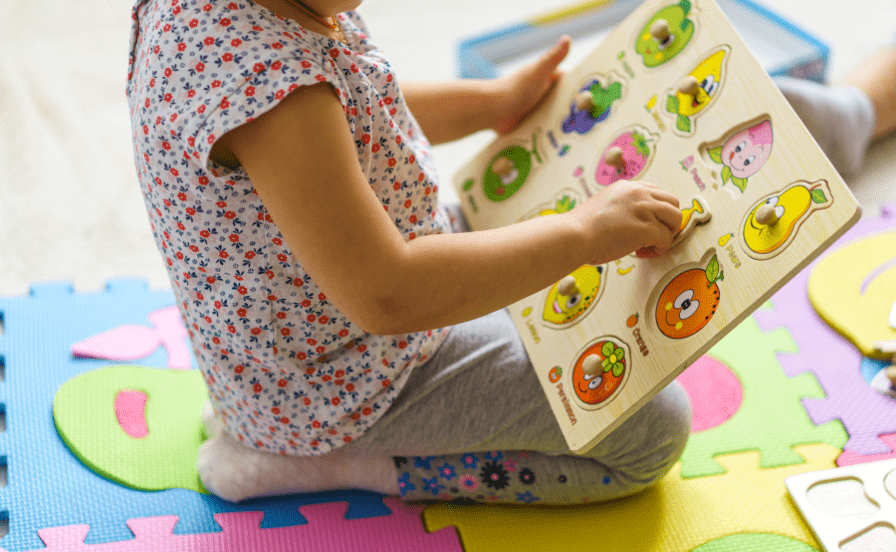
5. Be prepared for spontaneity:
Children can be unpredictable, and that’s what makes them so wonderful to photograph. Embrace their spontaneity and be ready to capture unexpected moments. Keep your camera within reach, set your camera to continuous shooting mode, and be prepared to react quickly to their actions.
Example: While photographing a child playing with a bubble wand, you may notice them jumping up in excitement, trying to catch the bubbles. By being prepared and capturing their midair leap, you’ll capture a candid and joyful moment that tells a story.
6. Use a fast shutter speed:
To freeze motion and capture sharp images of active children, use a fast shutter speed. This will help you avoid motion blur and maintain clarity, especially when they’re engaged in energetic activities such as running, jumping, or dancing.
Example: Suppose you’re photographing children at a playground. Set your camera to Shutter Priority mode and choose a high shutter speed, like 1/500th of a second or faster, to capture them swinging, climbing, or sliding without any blurriness.
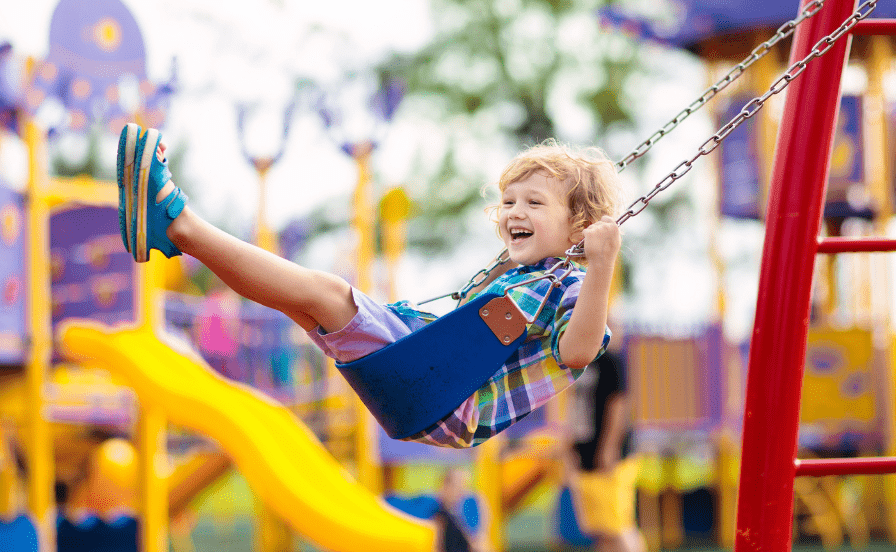
7. Experiment with different angles:
Don’t be afraid to experiment with various angles and perspectives to add interest and variety to your photographs. Get close for intimate portraits, try shooting from above for a unique viewpoint, or even lay down on the ground for a captivating low-angle shot.
Example: If you’re photographing a child blowing out candles on a birthday cake, try shooting from a low angle while looking up. This perspective will make the child appear larger-than-life, creating a sense of wonder and excitement in the image.
8. Use natural surroundings:
Nature provides a beautiful backdrop for photographing children. Utilize parks, gardens, or any outdoor location to enhance the visual appeal of your images. Incorporate elements like trees, flowers, or water to add depth and texture to your compositions.
Example: While photographing a child in a field of wildflowers, use the colorful blossoms as a natural frame around the subject. This not only adds visual interest, but also creates a sense of harmony between the child and their environment.
9. Capture candid moments:
Candid shots often result in the most memorable and genuine photographs. Instead of always asking children to pose, let them be themselves and document their natural interactions with their surroundings, friends and loved ones. These unscripted moments have a magical quality that captures the essence of childhood.
Example: When photographing children playing together, encourage them to engage in an activity they enjoy, like playing with Lego blocks. Capture their interactions, laughter, and shared excitement, allowing their bond to shine through in the photograph.
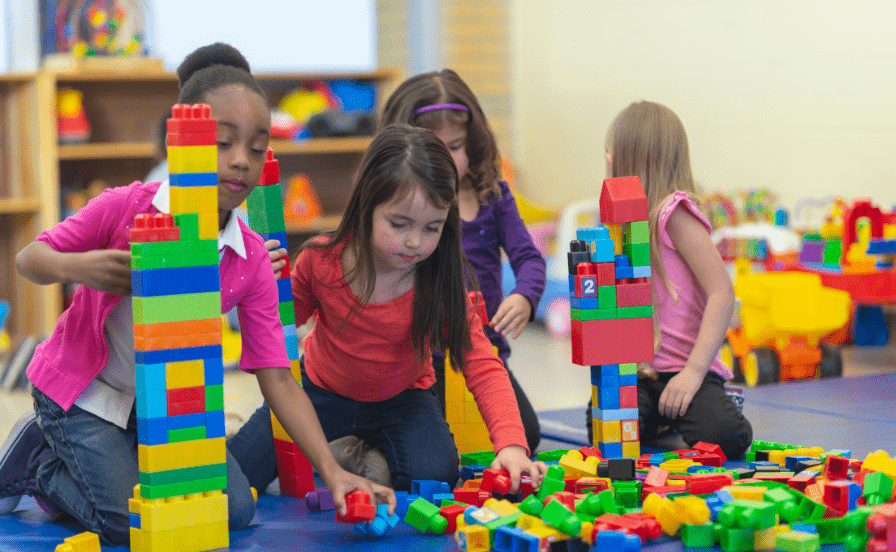
10. Patience is key:
Photographing toddlers requires patience and flexibility. Children may need breaks, get easily distracted, or become shy in front of the camera. Take your time, give them space, and be patient throughout the process. Patience helps build trust and allows for genuine moments to unfold naturally.
Example: Suppose you’re photographing a toddler who is initially hesitant or shy. Spend a few minutes talking, playing, or even pretending to take silly photos with a stuffed animal. By establishing a rapport and creating a relaxed atmosphere, the child will gradually become more comfortable, resulting in more authentic photographs.
11. Use burst mode for action shots:
Burst mode, or continuous shooting mode, is an invaluable tool when photographing active children. It allows you to capture a series of shots in rapid succession, increasing the chances of capturing the perfect moment.
Example: When photographing a child jumping into a pool, switch your camera to burst mode to capture the entire sequence of the jump—from the initial leap to the splash and their excited expression as they emerge from the water. Later, you can choose the best frame that encapsulates the entire action.
12. Focus on the eyes:
The eyes are the window to the soul, and this holds true in child photography as well. Ensure that the eyes are in sharp focus to bring life and depth to your images. A well-focused gaze can evoke emotions and create a strong connection between the viewer and the subject.
Example: While photographing a child blowing bubbles, focus on their eyes to capture the anticipation and wonder as they watch the bubbles float away. The clarity in their eyes will draw the viewer into the moment, making the photograph more engaging.
13. Create a comfortable environment:
Children are more likely to be at ease and express their true selves in a comfortable environment. Choose familiar locations or places where they feel safe and happy, like their home, a local park, or a favorite playground. This familiarity will help them relax and allow you to capture their genuine personalities.
Example: Suppose you’re photographing a child at their home. Start by exploring their favorite room or playing with their favorite toys. This will not only help them feel more comfortable, but also add a personal touch to the photographs.
14. Involve parents, siblings or caregivers:
When photographing toddlers, involving their parents, siblings or caregivers can be beneficial. Parents can help create a sense of security and provide assistance during the session. Their presence can also elicit genuine interactions and expressions from the child.
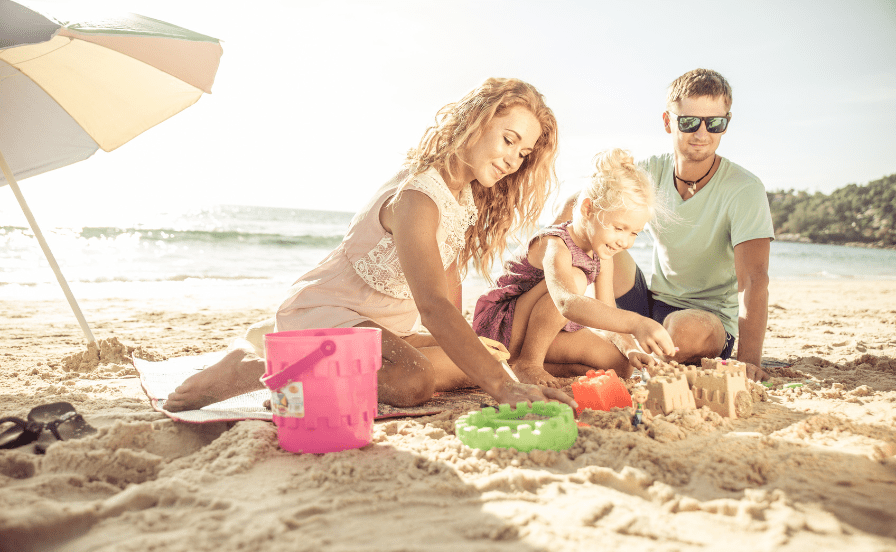
Example: When photographing a toddler at a beach, ask their parent to stand nearby, encouraging them to play and explore while offering a helping hand if needed. The child’s interactions with their parent and siblings will often lead to heartwarming moments that can be beautifully captured.
15. Have fun and be flexible:
Remember, photography is not just about capturing great images; it’s also about creating a fun and enjoyable experience for everyone involved. Embrace the unpredictable nature of photographing toddlers, be open to spontaneity, and allow room for laughter and playfulness.
Example: During a photoshoot, encourage children to have fun, be silly, and let their imaginations run wild. Incorporate games, tickling, or even a mini dance party to keep the energy high and the smiles genuine. The resulting photos will reflect the joy and happiness of the moment.
Final Thoughts:
Photographing toddlers is a delightful journey filled with precious moments. By applying these 15 tips, you can create captivating photographs that capture the essence of childhood. Remember to get down to their eye level, utilize props and toys, be patient, and embrace their spontaneity.
Through careful observation, experimentation, and a relaxed approach, you’ll be able to freeze time and create lasting memories that families will cherish for years to come. So grab your camera, connect with your inner child, and let the magic unfold!
